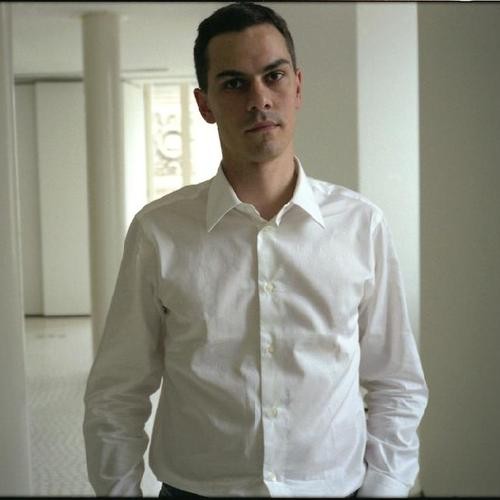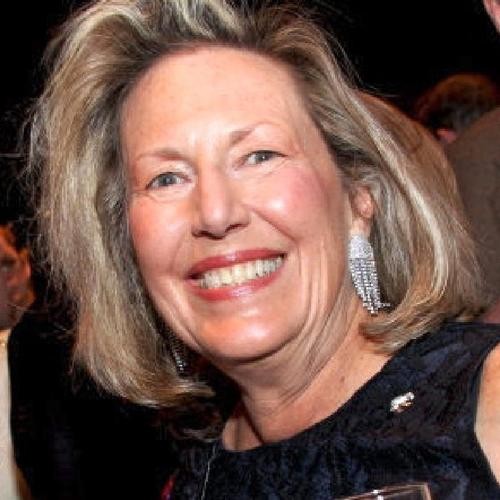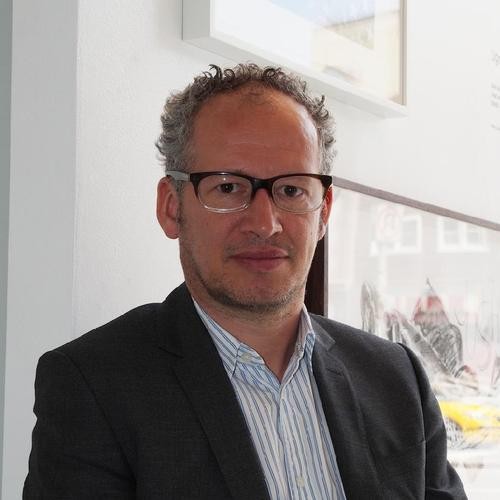Ann Hatch descends from one of America's most prominent families of art patrons—her great-grandfather founded the Walker Art Center in Minneapolis, and she was drinking brandy with Salvador Dalí by age 11. But instead of becoming a fixture at high-dollar auction houses or glitzy New York charity galas, Hatch has devoted much of her life to developing arts education programs in California, such as the Oxbow School, an independent high school in Napa Valley, and the Capp Street Project, an artist residency program that's now part of the CCA Wattis Institute for Contemporary Arts.
Hatch, who has served on the boards of numerous California museums and is currently chairman of the California College of the Arts, spoke with Artspace about how her family legacy informed her views on collecting and philanthropy.
You co-founded the Oxbow School in 1997 and the Capp Street Project in 1983. What draws you to arts education specifically?
My education was in the arts, at the School of the Boston Museum of Fine Arts, and my family legacy was the Walker Art Center. There were many years of watching our family museum in action, which was always a source of pride and inspiration.
What was the response like from the community when you opened the Oxbow School?
It never occurred to me that a town 50 miles from San Francisco would be opposed to a small school, but they were very negative. I was from out of town, but I had independent means to purchase property without any "permission." [Napa Valley vinters] Robert and Margrit Mondavi were the backers, which was an asset and liability. The biggest sticking point for the town was the modern architecture designed for the classrooms. Real architecture was poorly received and thought to look like wine-storage buildings. But check out the website to see how beautiful it is along the river with the roll-up garage doors.
Was the notion of an art-centered high school itself a problem for people?
People always have a suspicion about the arts, and teenagers are not always the easiest demographic. We had to go to a lot of town meetings to try and get them to understand the program.
Your great-grandfather, Thomas Barlow Walker, founded the Walker Art Center in 1879. With such a strong tradition of arts patronage in your family, was there ever a question that you might not end up in the arts?
I guess it was a well-kept secret. I raised apples for many years before I got to art and the Capp Street Project.
Do you think that anything about your great-grandfather's philosophy got passed down to you?
The fact he opened his house to the public in 1875 and then it became the Walker Art Center made an impression. The house was hung "salon style" with every kind of art. Some real and some not so real. He never traveled to Europe or Asia. He amassed a great collection of jades from San Francisco. While I am not a collector, I have always wanted to test different ways of being supportive and generous to artists. Opening a house is a very welcoming and generous gesture, and 65 Capp was a small house in the Mission district designed by David Ireland that became our exhibit space, office, and residence. It worked amazingly well.
Salvador Dalí painted your picture when you were a young girl. How did you know him?
My mother commissioned a portrait of us in 1958, so we went to live in his village for a month. It was huge fun to run around the almond orchards and go fishing. He was pretty nice to me and we got along fine. He did not admit he spoke perfect English. He sort of mixed up Spanish, French, and made-up words. At 11 years old, I understood him quite well. We would sit for sessions and then have a meal. I always hated the barely cooked pigeon. He thought of children as small adults and offered me brandy at 10 a.m. on our first visit to his house. [Dali's wife] Gala was very attentive to me and gave me masses of gifts at Christmas.
Did you grow up around other artists?
We lived in Carmel, so Ansel Adams was a friend. Edward Weston's family was around, his sons Cole and Brett. Emil Norman was a local artist of note. There were the usual Carmel-type painters, who were pretty cheesy. There was a high contrast.
How did you begin collecting art?
I bought a Saul Steinberg watercolor of Indians on a multicolored lined landscape at a show of New Yorker covers in Boston when I was in high school. I sent it to him years later, when it faded. He re-did it and send me a great scarf with a fun note. The Addison Gallery was on the campus and I would go to see the exhibits there regularly. It was one of the few places we were allowed to go to on the Philips Andover campus, which was not co-ed in 1966. Pity.
What did growing up around the Walker teach you about running an art institution?
The importance of thinking boldly. They made very serious commitments to artists and always treated them extremely well, with the catalogs and the way the exhibits were installed and crafted. The board was amazing and has always been a model for the way boards should work. It's hard to duplicate but great to see, and it continues today. The culture is uniquely one of civic generosity and support.
In what ways have you seen the Walker evolve in your lifetime?
It has grown, but the spirit stays the same. [Walker executive director] Olga Viso has brought on many new board members who continue to be inspired by the program, performances, exhibits, and the challenges of significant capital campaigns. They usually exceed the goals.
Did you ever want to be an artist yourself?
I did go to art school, but it was not my calling. I loved the process, but did not have a story to tell.
Who are some of your favorite artists, both working today and of all time?
James Turrell, Terry Fox, Judy Pfaff, Mark Tansey, Maurice de Vlaminck, James Lee Byars, Ursula von Rydingsvard. Quite a range. I could go on and on. I really like always looking at new work. It's so important.
Are there any themes that unite the artists in your collection?
This comes up. I like work that is made of surprising material for its subject. Willie Cole, for example, or Donald Lipski. I am drawn to humor and craft. I also buy very few works and I like to know the artists. It becomes a whole piece that way.
What advice would you give a young artist who is about to begin his or her formal arts education, or embark on a residency program?
Try things out as much as you can afford, in all aspects. Don't get into huge debt. You might need to have a job that allows you to do your art, and that's okay. Do work that is appropriate for your situation, but keep making it. Do the residencies because you'll meet great people, and don't chase the grants. And keep in touch with the people who were helpful or influenced your work.























